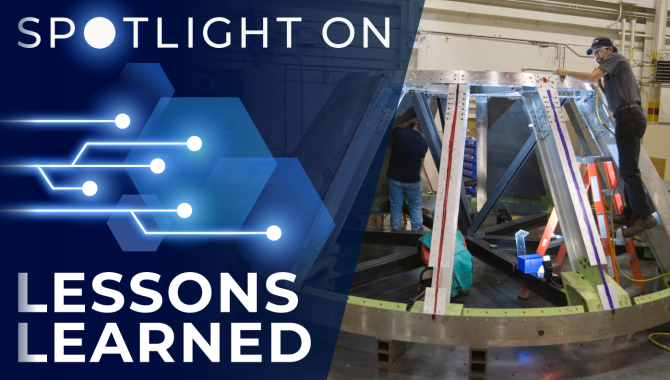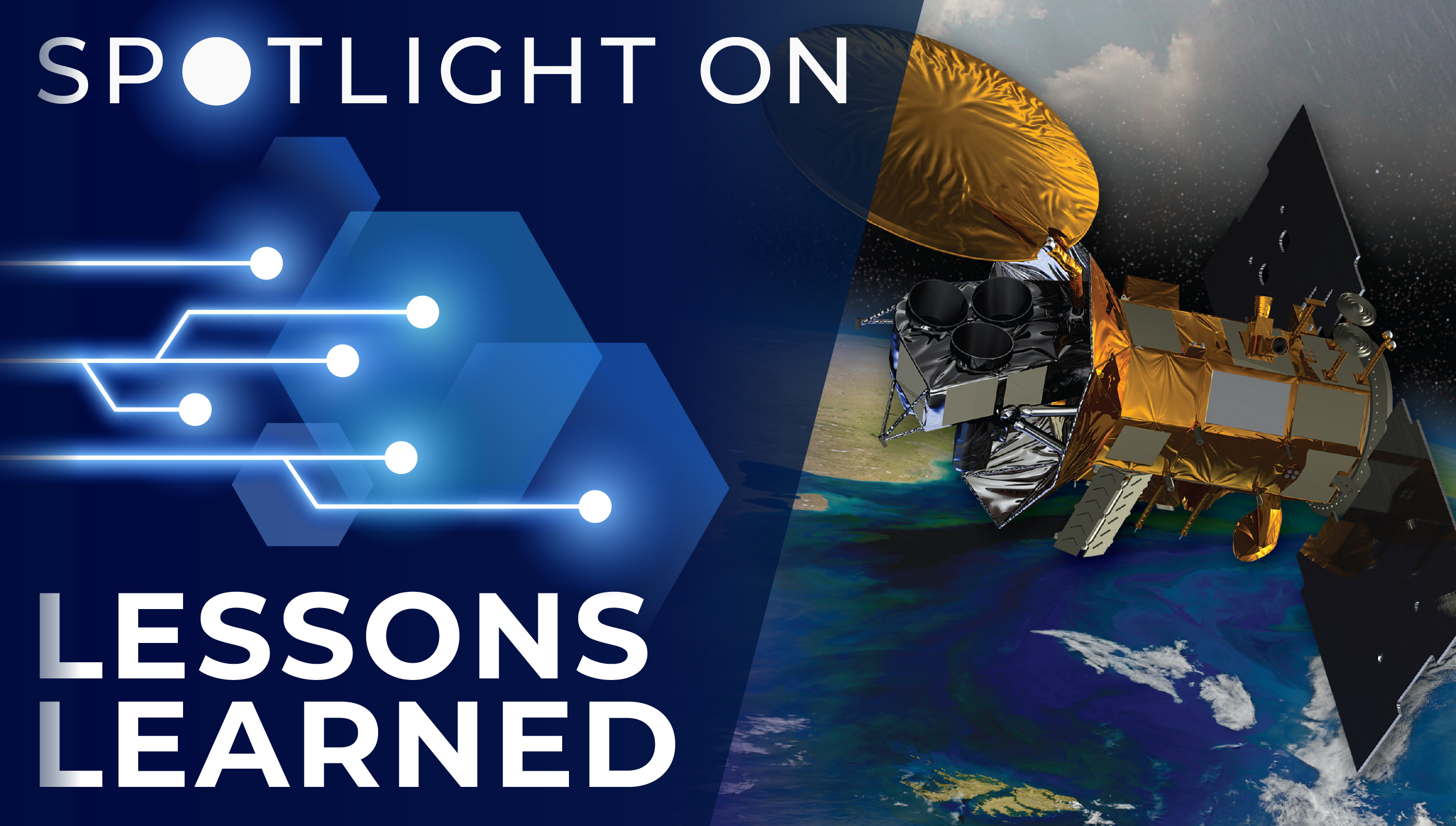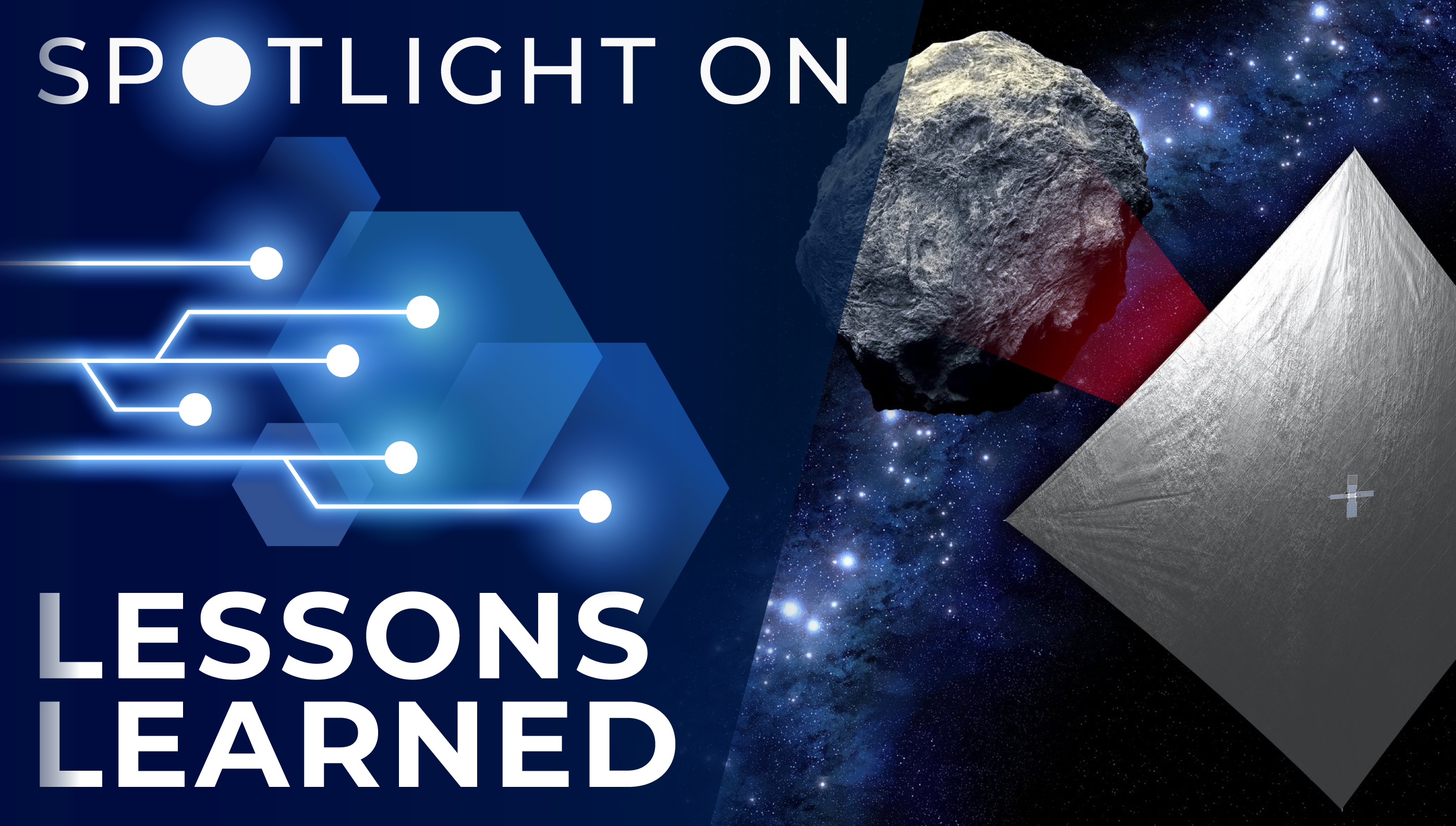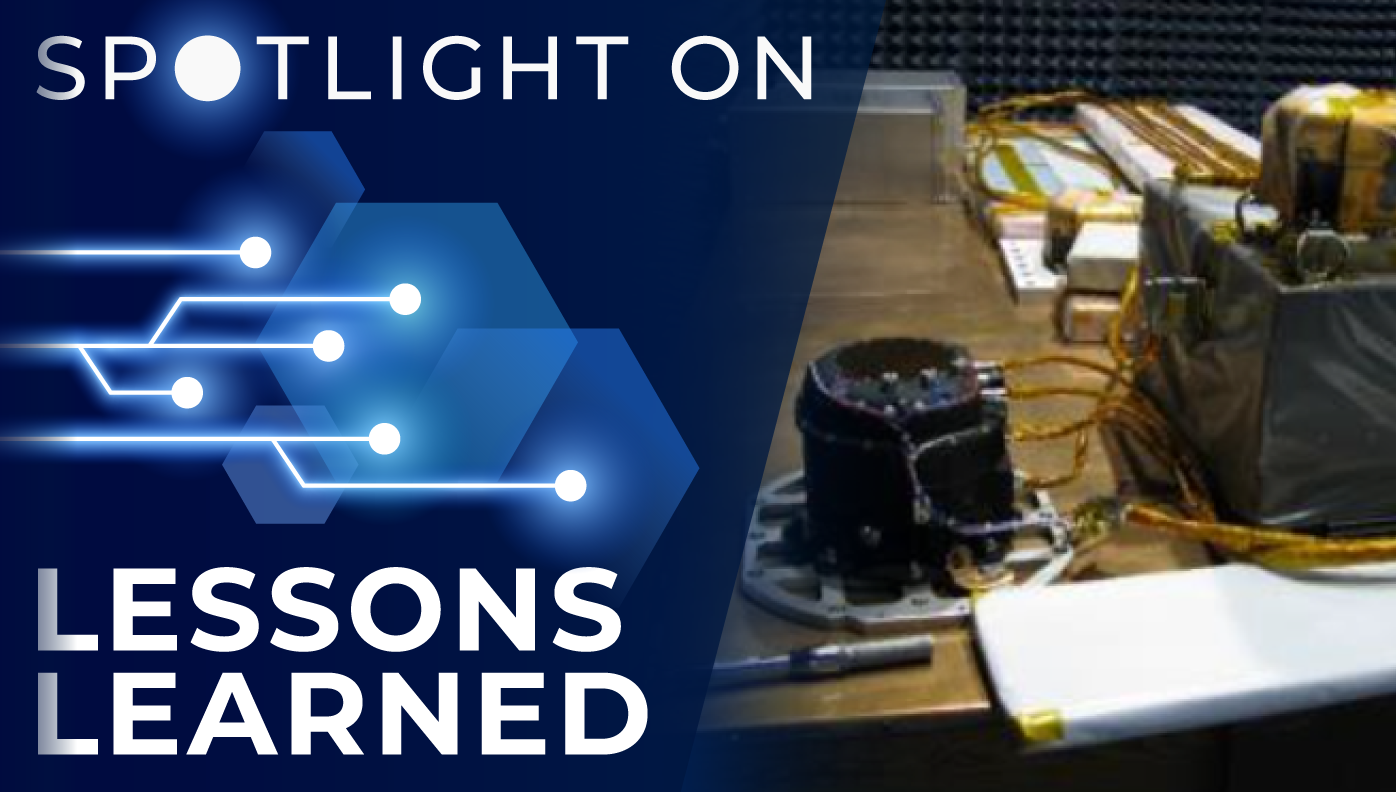
Employing qualified human factors personnel on a design team from the start of a program or project has proven to be successful and effective.
The Constellation Program (CxP), which is no longer active, was composed of an array of vehicles for missions to the Moon and Mars. The Ares vehicle, one of the CxP systems, was designed to go through several stages of processing at NASA’s Kennedy Space Center prior to launch.
A mockup analysis for the CxP’s Ares-1 launch vehicle was performed to provide efficient, effective ground processing inside and outside the vehicle. The analysis was performed by engineers, technicians and human factors experts with spacecraft processing experience. Employing qualified human factors personnel on the design team from the beginning of the program/project proved to be successful and effective.
Lesson Number: 5236
Lesson Date: January 26, 2011
Submitting Organization: Kennedy Space Center
HIGHLIGHTS
LESSONS LEARNED
- Employing qualified human factors person(s) on the design team from the beginning of the project proved to be successful and effective as the project developed.
- Early collaboration and planning between the flight and ground hardware designers for human factors engineering analysis is necessary.
- Physical mockups are a great way to analyze and verify the ground processing requirements for flight hardware, and to validate the ground activities.
RECOMMENDATION
-
- Employ qualified human factors personnel on the design team from the beginning of the program/project.
Consult the lesson learned for complete lists.

Michael Bell
Credit: NASA
NASA Kennedy Space Center Chief Knowledge Officer Michael Bell on the importance of this lesson learned:
Early involvement by human factors personnel is extremely beneficial to the smooth operations and flow later in the project. Mockups and visualization are especially important for assembling hardware that is unique — one of a kind — and very expensive.
While designers are very proficient and understand the requirements for operation, they may not always understand the assembly process for the interim operations which may need to take place. This is one of the reasons it’s important for team members to come together using simulations or mockups or sometimes low-fidelity walkthroughs to understand some potential human factors issues for our one-of-a-kind missions. Also, the newly released NASA Human Systems Integration Handbook is a tool to better understand and integrate human factors needs in engineering systems.
Related Resources
NASA Human Systems Integration Handbook
Spotlight on Lessons Learned is a monthly series of articles featuring a valuable lesson along with perspective from a NASA technical expert on why the lesson is important. The full lessons are publicly available in NASA’s Lessons Learned Information System (LLIS).
If you have a favorite NASA lesson learned that belongs in the spotlight, please contact us and be sure to include the LLIS Lesson Number.









